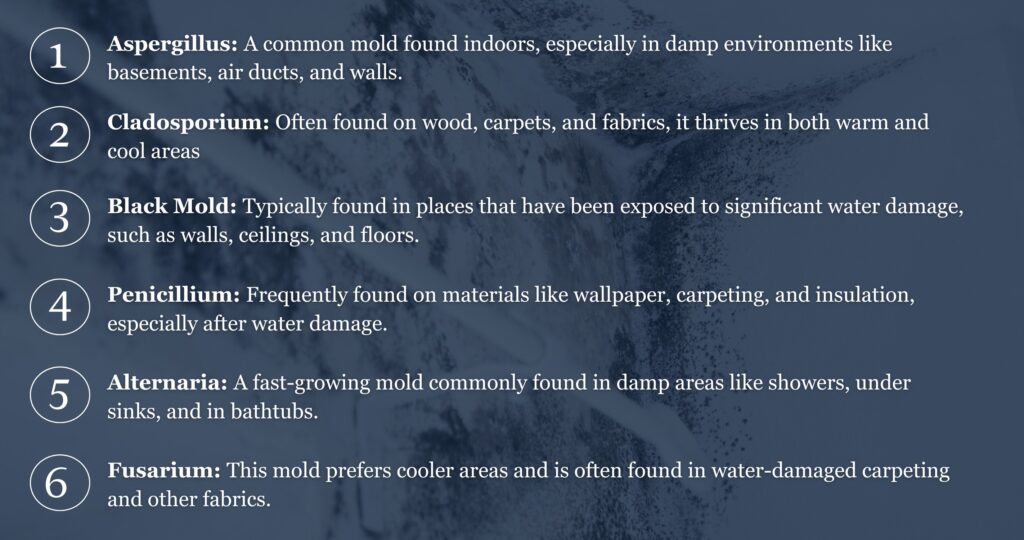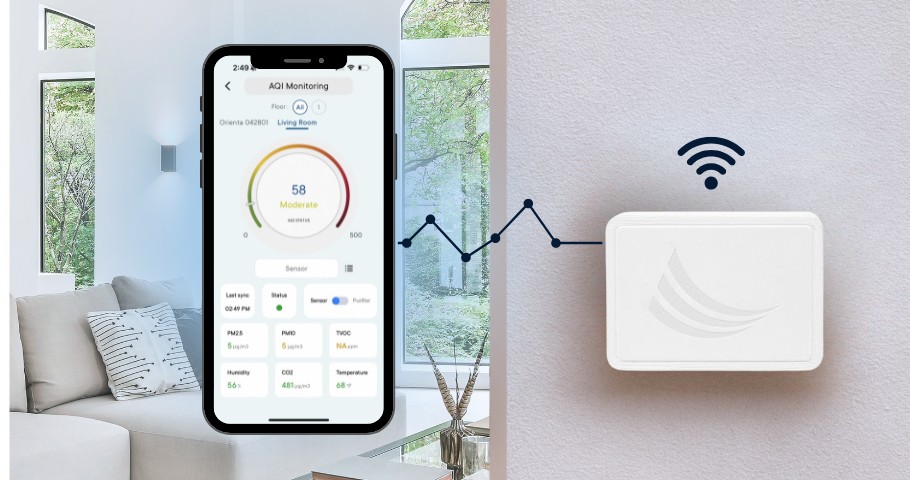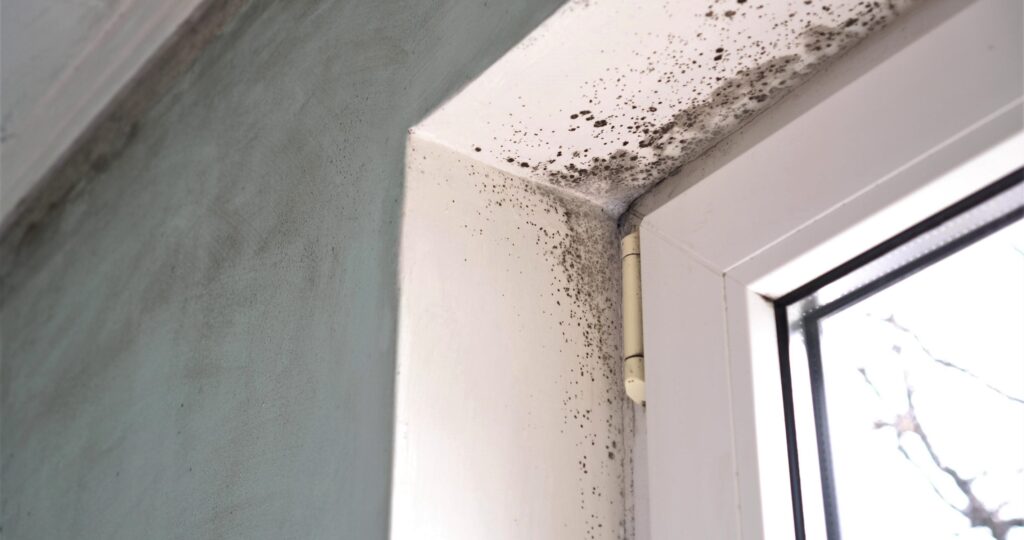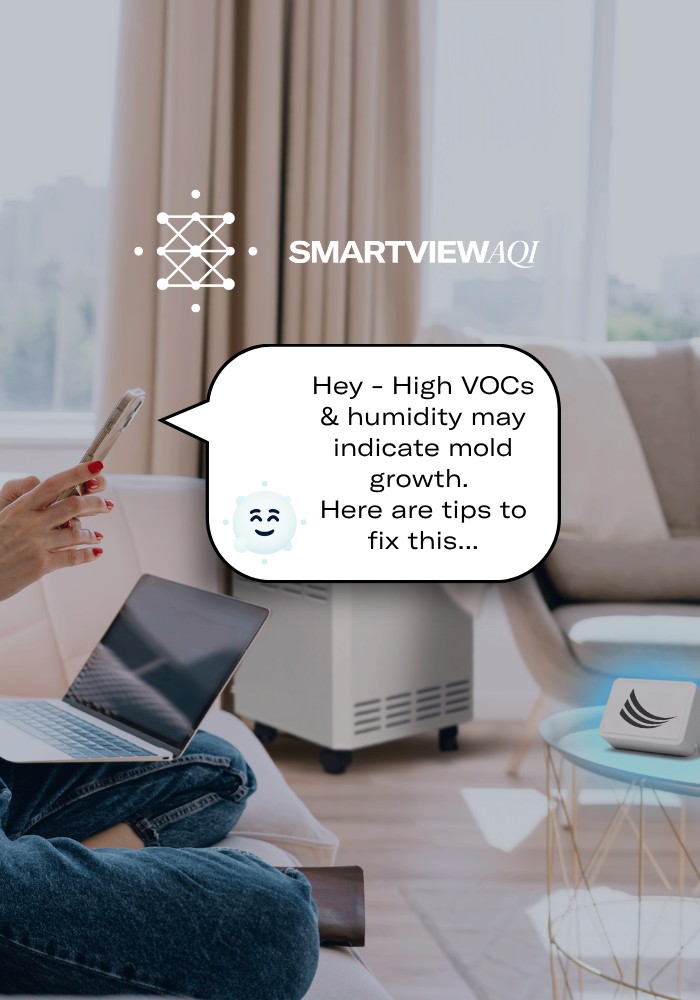Mold can cause severe health problems, so it must be dealt with quickly when there is a manifestation of it in one’s home. Also, there is a risk of suffering ailments such as allergies, nausea, asthma attacks, and other issues. Once someone has a feeling that their home is infested, it is crucial to find the source instantly.
It is easy to locate mold through its black, brown, or gray look. However, not all mold is visible to the human eye, and that’s because it stays in the walls. This requires the use of a blacklight to spot the invisible fungus.
A blacklight is a long-wave ultraviolet light that makes it hard to see substances visible to the human eye. Here are methods on how to detect mold with a blacklight.
Detecting signs of mold
How do you detect mold in your home? Before using a blacklight, one has to inspect the building for revealing signs of a fungal presence. Take a look at the walls, books, fabrics, and other things in the building that have the possibility of holding excess moisture.
An environment with more dampness has the highest probability of hiding a mold presence. Keeping a handy humidity detector around is the easiest and most convenient way to sense the current level of moisture in every room. This will help to detect all the places where a mold infestation is occurring.
Spotting mold
Once you have identified the areas with a high level of humidity, it is time to carry the ultraviolet light to the rooms or areas. Shine the blacklight directly over the walls, fabrics, or wooden fixtures, and look closely for signs of a green-yellow glow. This is crucial to identify the major source of a fungal colony by marking it.
The aiming angle with a blacklight
Not knowing the right way to aim the blacklight at the suspected surface may cause one to miss a spot of crucial toxic, and light-colored molds. You should shine the ultraviolet light closely along the sides of the suspected surface or walls. The angle of illumination will show the presence of fungus easily, without much effort.
Verifying the glow spots
Detecting a mold presence, using a blacklight, requires a close examination of the area. You might not see a fungal infection by just shining the light directly on the suspected area.
Some products are used for cleaning and certain inks produce a yellow glow once an ultraviolet ray is shone on them. It is vital to recognize the difference between those items and mold, so as not to get the wrong results.
Sheets of paper or books with highlighter ink in them may also reveal a yellow glow, discounting the likelihood of a fungus colony. If the suspected surfaces have no presence of these products and chemicals, then the blacklight results will reveal that there is mold contamination.
The presence of mold on some wall surfaces can be hard to spot. Nevertheless, using a blacklight in the right way will reveal any hidden fungus colonies. It would be best to hire an expert for bigger mold contamination problems that exceed more than an area of 40 square feet.
6 Common Types of Household Mold and Where They Are Found

Detect Mold with EnviroKlenz SMART Science IAQ Sensor
Mold can hide in plain sight, putting your home’s air quality and your health at risk. With the EnviroKlenz SMART Science™ IAQ Sensor, you can take control of your indoor environment by actively monitoring air quality in real time. This innovative device detects fluctuations in your indoor air that may indicate mold growth, harmful VOCs, or other airborne pollutants—giving you the insights you need to act fast and keep your home safe.

Paired with the SMART Science™ app, the IAQ sensor provides comprehensive, easy-to-understand data that allows you to detect issues early and make informed decisions about your home’s air quality. Check out this combo with the SMART Science™ ECO Kit, where air quality data meets healthy home management. With EnviroKlenz, you’re not just guessing—you’re confidently managing your home’s health.
EnviroKlenz® Medical Disclaimer:
“Any information that is provided on this website is not for the use by any commercial or personal entity without expressed written consent of the blog author. The material and statements illustrated within this blog are not intended to diagnose, treat, cure, or prevent any diseases or medical conditions. Nor does the author in any way guarantee or validate the validity, totality, or efficacy of any claims and will therefore not be held responsible for the content of any claims. Always consult your medical physician for any specific medical advice or recommendations.”









